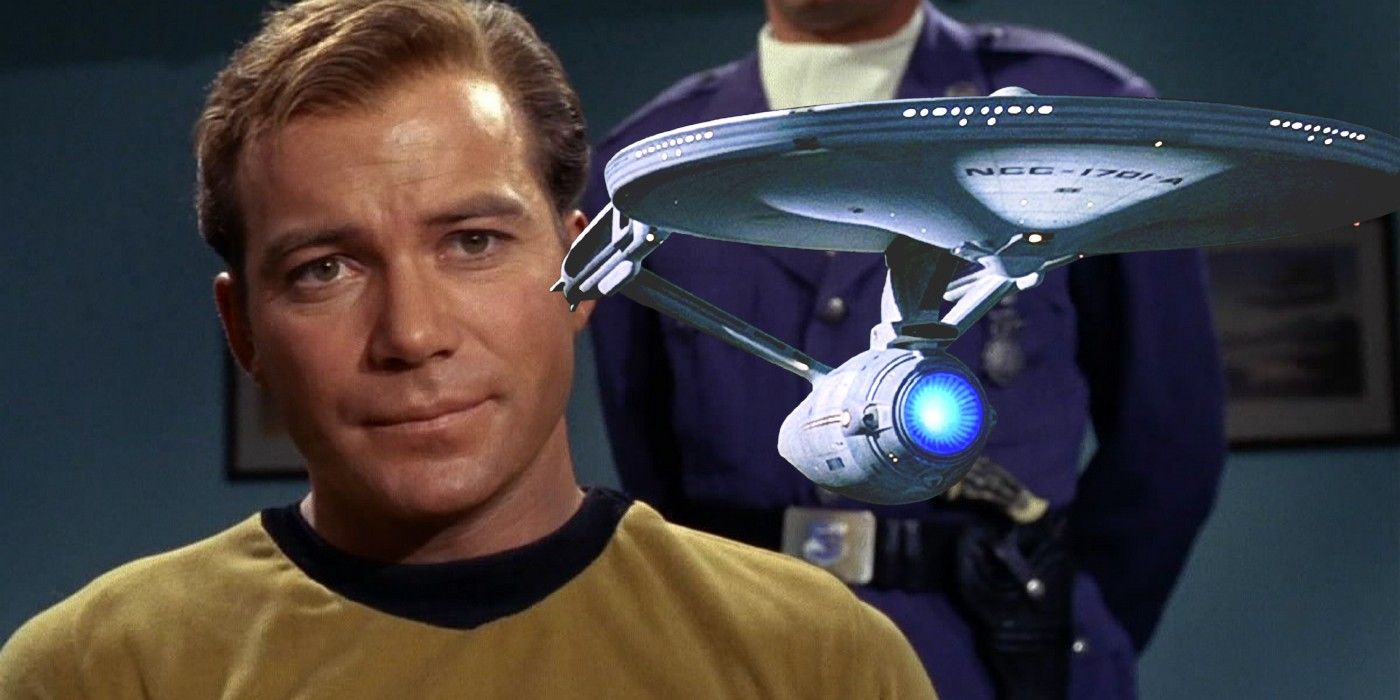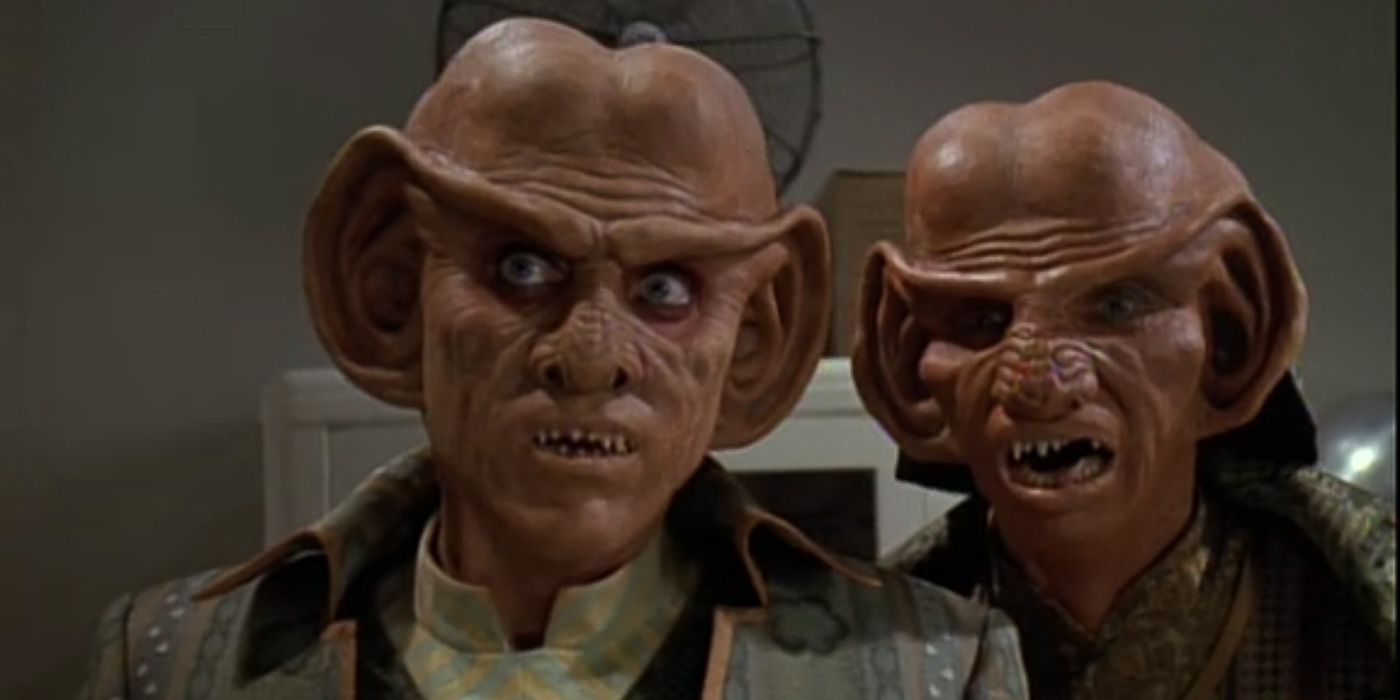Here are the Star Trek episodes directly inspired by real life UFO cases. As one of the leading lights in science fiction, Star Trek has drawn from a wide range of sources over the past half a century. Gene Roddenberry famously envisioned a future where mankind had evolved beyond in-fighting and threats came from without, rather than within. This lead to a great many "us vs. them" stories where Kirk and the gang tackled the next alien baddie. But Star Trek also tackled social issues, both political and philosophical, weaving in Native American allegories, commentary on discrimination, etc. More recently, Star Trek: Discovery and Picard have tackled themes of sentience, AI and man vs. machine - unsurprising given the increasingly technological influence on modern life.
Just as Star Trek has an intrinsic relationship with actual events, science fiction has a relationship with UFO sightings reported in the real world. There is a common trend whereby popular films or TV shows have caused a spike in alleged UFO sightings, and have even shaped the details witnesses report. For example, the release of 1996 Will Smith blockbuster Independence Day was immediately followed by a massive spike in sightings. A study by Sheffield Hallam University in the U.K. found a similar phenomenon occurring after the likes of Close Encounters of the Third Kind and E.T.
But the reverse can also be true, and Star Trek has made effective use of famous UFO cases in various episodes over the years, lending the usually outlandish sci-fi adventures a real-world edge. A famous example is The Original Series' "Tomorrow Is Yesterday," which seems to closely parallel the famous Mantell incident of 1948. A pilot in the Kentucky Air National Guard chased a UFO near Fort Knox, but crashed and died, with the official explanation citing a skyhook balloon as the cause of the chase. Mantell lost oxygen at high altitude and blacked out, but extra-terrestrial explanations have continued to dominate discussion of the crash, even more so after 1955 claims by George Adamski, who purported that the Mantell incident was an accident, and the pilot's ship disintegrated while a UFO tried to bring the pilot aboard in its tractor beam.
"Tomorrow Is Yesterday" has many similarities with this real life tale. In the Star Trek episode, Captain John Christopher of the U.S. Air Force is sent to investigate a UFO, which is actually the Enterprise accidentally flung back through time. After chasing Starfleet's vessel, Kirk orders a tractor beam lock on Christopher's ship, inadvertently destroying it. Fortunately, the Enterprise manages to beam the 1960s pilot aboard and return him safely home by the episode's end, but the nucleus of the episode remains remarkably similar to the Mantell incident. This influence is rammed home when Kirk suggests the humans of the past will likely put the Enterprise sighting down to a "weather balloon" or something just as innocuous.
Another famous Star Trek episode that integrates a famous real life UFO incident is Deep Space Nine's "Little Green Men," which tackles Roswell. This well-known conspiracy posits that a UFO crashed in Roswell in 1947 and both the wreckage and its occupants were quickly recovered by the U.S. authorities, marking the start of a massive cover-up. Sightings linked to the incident have also been put down to weather balloon activity, among various other less interesting explanations. "Little Green Men" rewrote the Roswell story, with a Ferengi shuttle accidentally travelling through time (again) and crashing in 1947 Roswell before being taken to Hanger 18. After failing to sell anything to his increasingly antsy human captors, Quark and the others escaped, but became a vital part of history.
Two Star Trek: Voyager episodes allude to real life ufology. "The 37's" offers the idea that Amelia Earhart's mysterious and still-unsolved disappearance was the fault of the Briori species. Due to its high-profile nature and unexplained status, the Earhart case has been a magnet for alien conspiracy theories over the years, and Janeway remarks on the irony of those widely-mocked suggestions being correct in the episode. While not necessarily connected to a single case, UFO conspiracy theorists often argue that human technology has only advanced so rapidly because of contact with extra-terrestrials. This idea is lifted by Star Trek: Voyager for the two-part episode "Future's End," where a crashed vessel from the future is looted by a 1960s entrepreneur and used to advance Earth technology and computing in the 1990s.
Star Trek: Picard concludes with "Et in Arcadia Ego, Part 2" March 26th on CBS All Access.


